In Rome there’re 2500 public fountains. The famous “nasoni”
Rome has always been the city with the most public fountains scattered throughout its territory. They are one of the symbols of the city: these fountains, which distribute free drinking water, are called “nasoni” but in reality they have different shapes.
In all there are about 2500 (plus 114 of other forms) and they are always open. Numerous legends are linked to these fountains. They adorn the most important squares and peripheral alleys and are one of the symbols of Rome. This name takes its cue from the typical curved iron tap, the shape of which recalled the idea of a large nose.
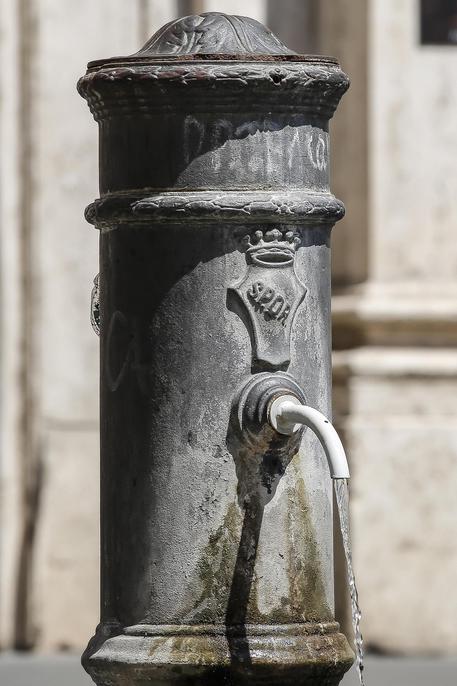
They are about 120 cm high, the construction material is cast iron and each weigh about a hundred kg. Let’s go and see the history of these characteristic fountains.
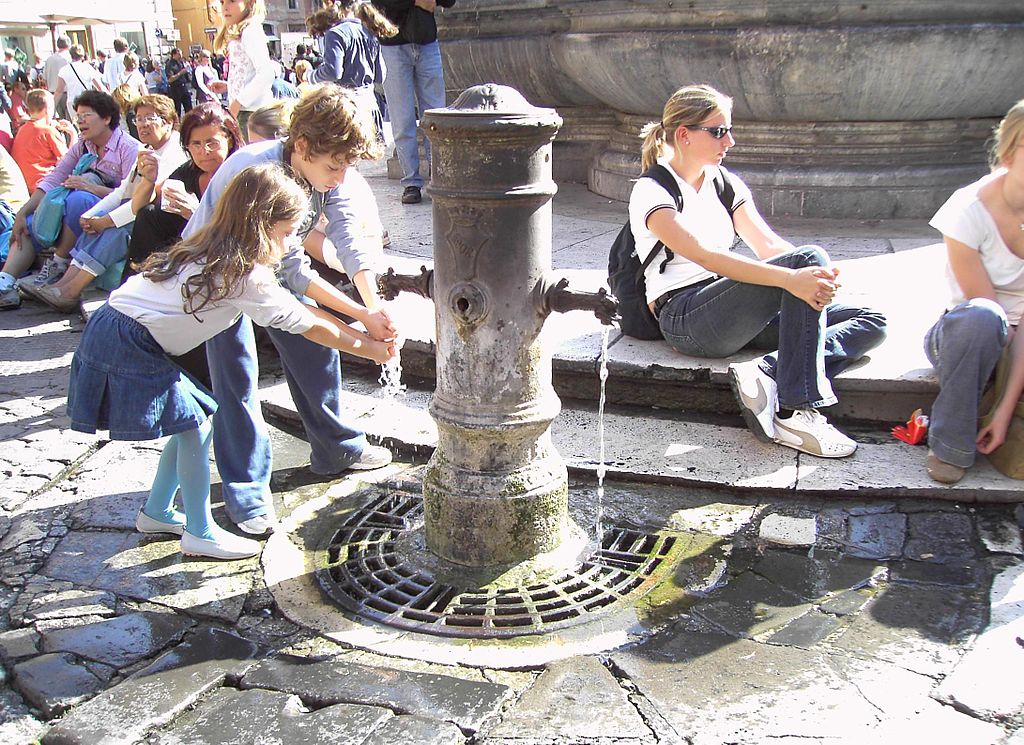
In 1874 the Municipality built, on the initiative of the first mayor of the unitary capital, Luigi Pianciani and the councilor Rinazzi, a series of cylindrical cast iron fountains, for public and free use, about 120 cm high and equipped with three simple vents from which the water rushed directly into the sewer, through a grate on the road base. The only decoration consisted of the dragon heads that housed the exit torches.
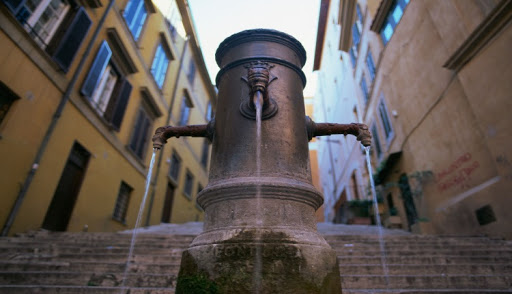
Soon the dragon heads disappeared from later models, and there was simply a single curved metal tube that suggested to the Romans the name of “big nose” with which these fountains are still known today. One of the oldest is still functioning in piazza della Rotonda (Pantheon), a couple of meters from the large fountain of the same name, while a much more modern reconstruction is found, with all three vents, in via delle Tre Cannelle, which it took its name from the ancestor fountain of the nasoni.

Other ancient ones are found in via di San Teodoro (near the Mouth of Truth) and again in Piazza San Giovanni della Malva and in Piazza Priscinula in Trastevere. It is said that immediately the dragon heads began to be stolen for their beauty and for this they were replaced by a single curved stem.
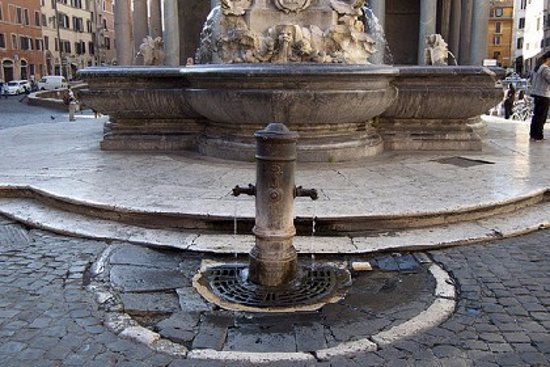
In an attempt to contain the waste of water (which in fact still runs freely and continuously today), shortly after 1980 the Municipality modified many noses with the application of a mechanism (a metal wheel or a button) on a brass torch , placed higher than the original torch, which was removed.
Water consumption was actually drastically reduced, but the characteristic fountain thus lost its main characterizing element, and furthermore the innovation proved unsightly and impractical; the Municipality soon gave up on the project, but also thanks to the work of the vandals, the damage was now done.
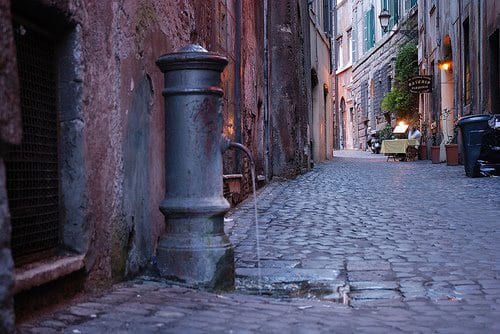
In the territory of the municipality of Rome, there are about 2,500 “nasoni”, of which 280 are inside the walls; to these are added another 114 fountains that distribute free water to the Romans, tourists and animals of Rome.
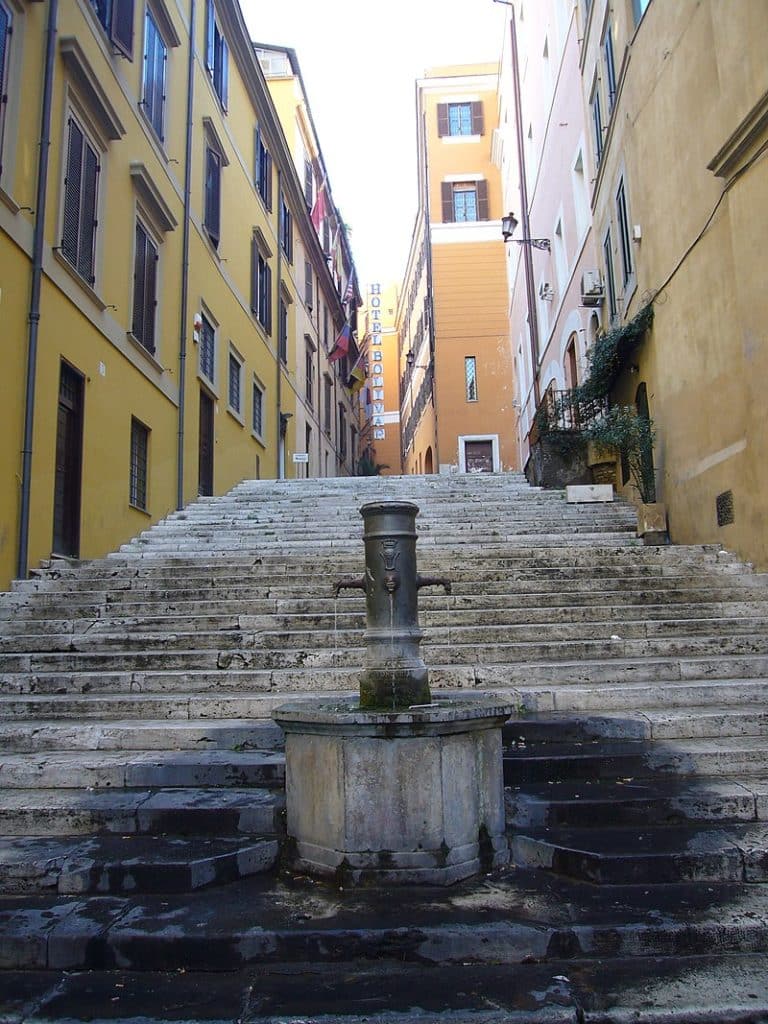
In 2009 Acea, the former municipal company of the Municipality of Rome, today a multiservice company in the water, electricity and environmental sectors, to celebrate its first 100 years of life, created a map to allow tourists to find the “nasoni” present in the historic center of Rome. The brochure, in Italian and English, entitled: “Water is a treasure. And Acea gives you the map “, contains useful information on drinking fountains, some brief historical notes and can be downloaded free of charge from the company website www.acea.it
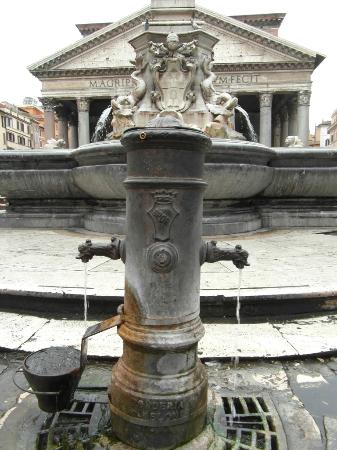
Also on the Acea website it is also possible to view and download the water identity card distributed in Rome free of charge, which shows the average characteristics of the water resource.
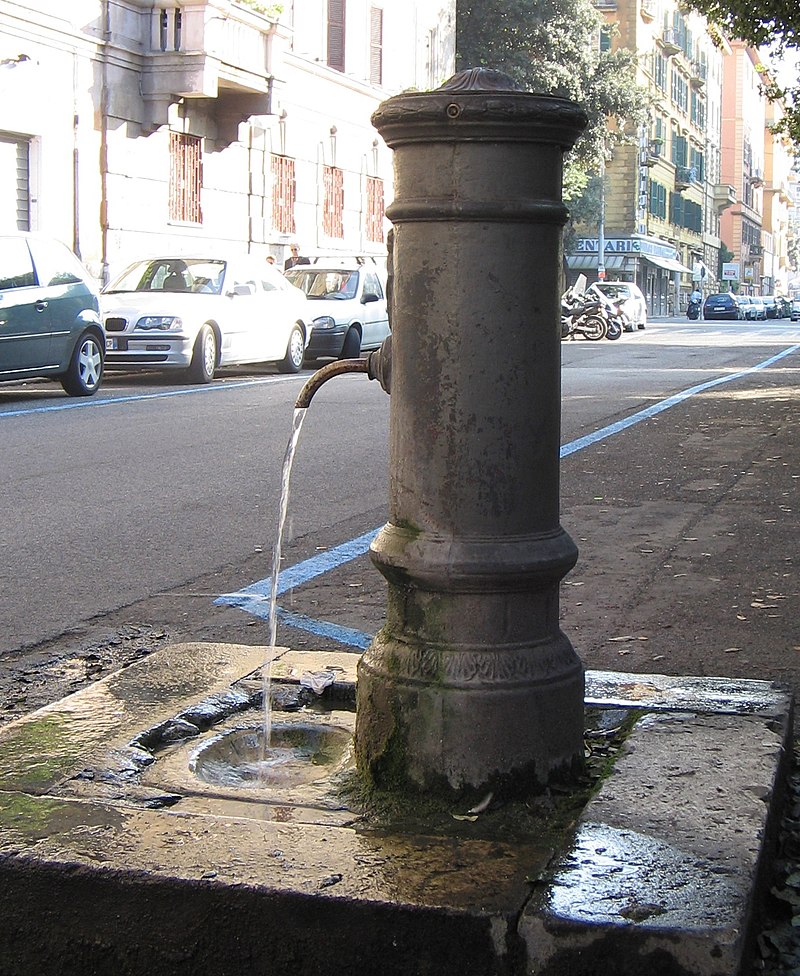
The nose pads do not have a tap to open and close the flow of water. A popular belief has it that the reason is not so much the fact of keeping the water fresh, but that it is linked to the strong pressure of the Roman water network.
Legend has it that, if the fountains were closed, the entire piping system would not hold up and would cause widespread damage. It seems that it is for this reason, rather than to quench the Romans’ thirst, that the mayor Pinciani decided to fill Rome with nasoni.
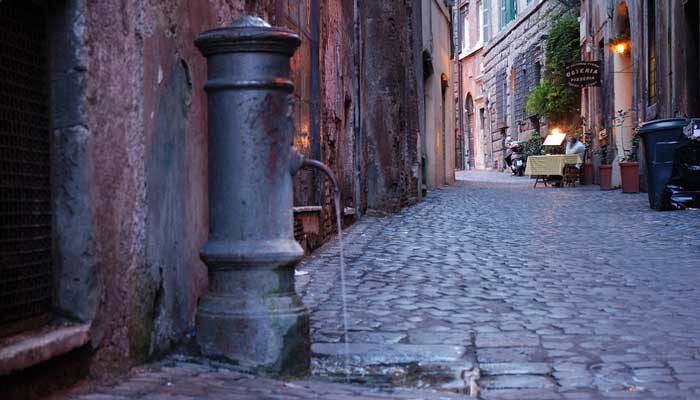
Among the novelties of recent years, there are more and more noses equipped with a bowl that collects water and allows dogs and cats to drink quietly.
The water that flows from the Nasoni of Rome is among the best in Italy. For the Romans it is even “the best in the world”. And it’s also free.
Nasoni represent an excellent incentive to avoid the use of disposable plastic. Instead of buying PET bottles, just bring a bottle with you and consult the Waidy WOW App to find the closest drinking water fountain to fill it.
A smart, comfortable and free system.
